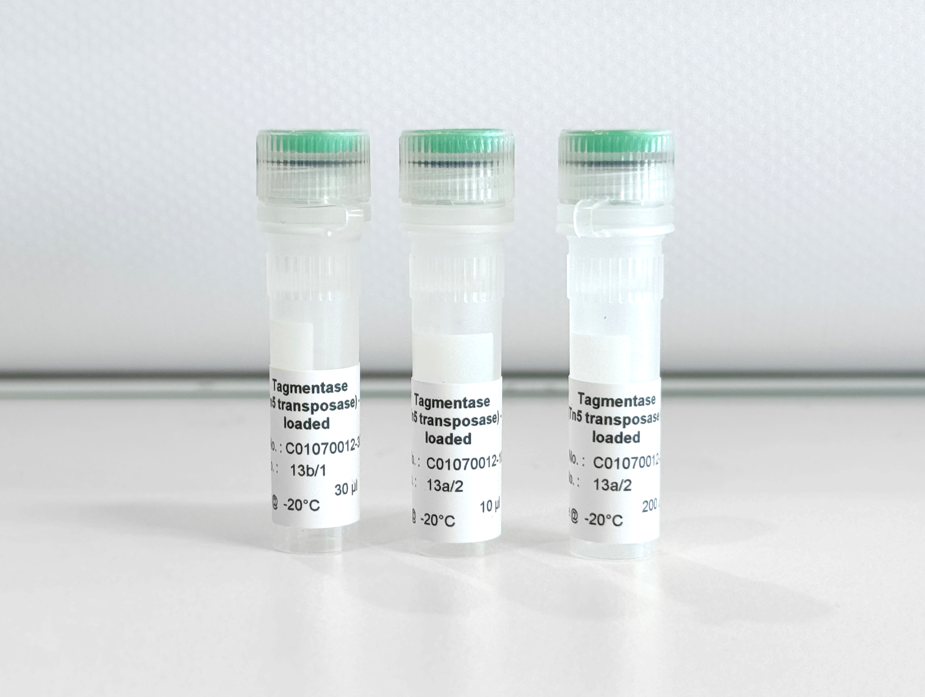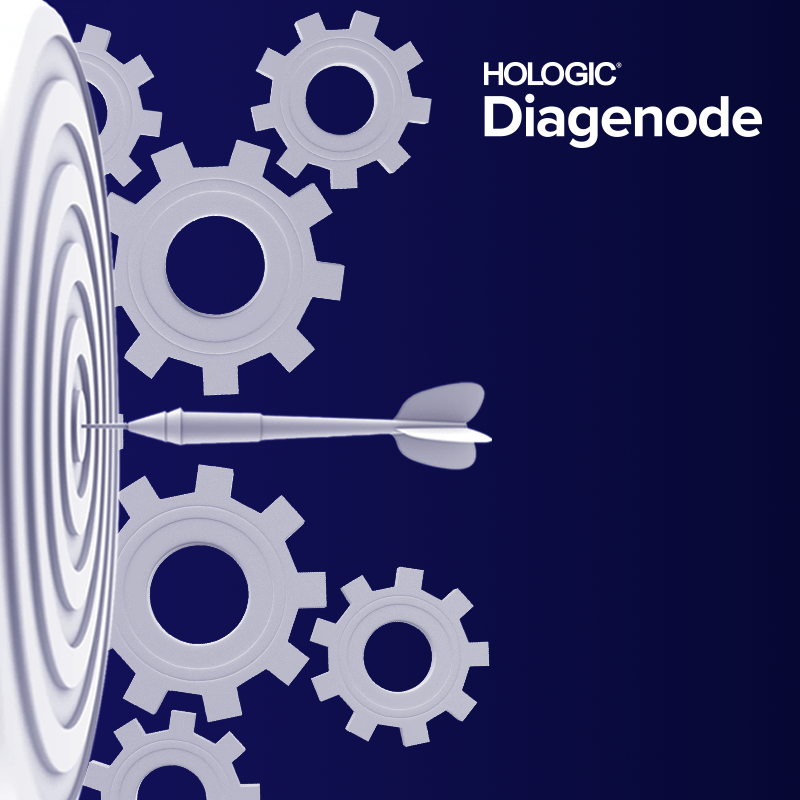Ghosh S. et al.
Alterations in nuclear structure and function are hallmarks of cancer cells. Little is known about these changes in Cancer-Associated Fibroblasts (CAFs), crucial components of the tumor microenvironment. Loss of the androgen receptor (AR) in human dermal fibroblasts (HDFs), which triggers early steps of CAF activation, leads to nuclear membrane changes and micronuclei formation, independent of cellular senescence. Similar changes occur in established CAFs and are reversed by restoring AR activity. AR associates with nuclear lamin A/C, and its loss causes lamin A/C nucleoplasmic redistribution. AR serves as a bridge between lamin A/C and the protein phosphatase PPP1. Loss of AR decreases lamin-PPP1 association and increases lamin A/C phosphorylation at Ser 301, a characteristic of CAFs. Phosphorylated lamin A/C at Ser 301 binds to the regulatory region of CAF effector genes of the myofibroblast subtype. Expression of a lamin A/C Ser301 phosphomimetic mutant alone can transform normal fibroblasts into tumor-promoting CAFs.


